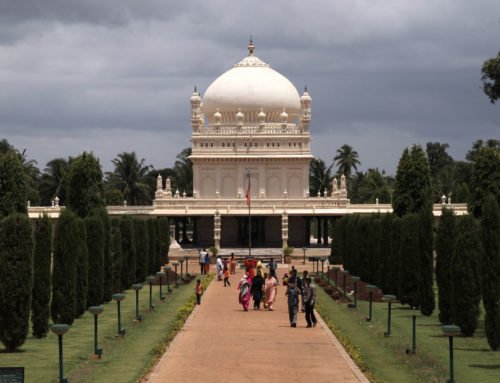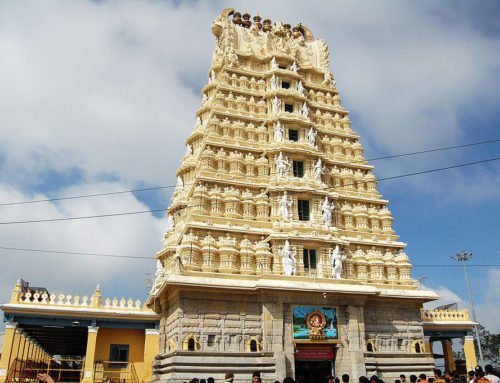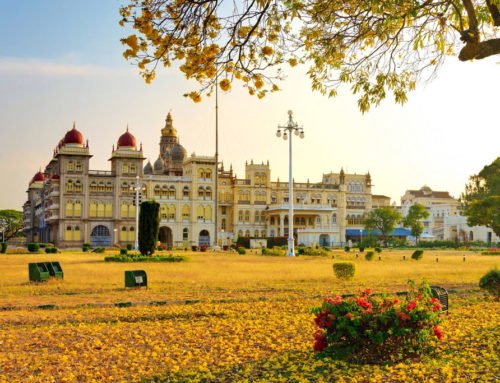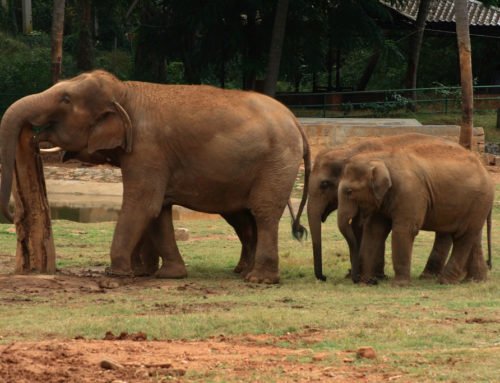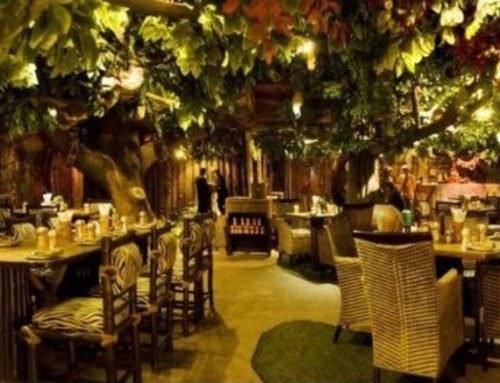Overview
- Features: Biggest market in Mysore selling traditional Indian wares
- Opening Times: 10am to 9pm, daily
- Best Time to Visit: Late afternoon
- Duration: 30 minutes to 1 hour
- Travelled By: Foot
- Cost: Free
- Address: Sayyaji Rao Road, Shivarampet, Mysore, Karnataka, India
- Type: Market
Author Reviews[display_rating_item_results rating_form_id=”2″ rating_entry_ids=”1″ show_category_filter=”false” show_options=”true” result_type=”star_rating” preserve_max_rating=”true” show_title=”false” show_count=”false” ]
Total Rating: [display_rating_result rating_form_id=”2″ show_count=”false” show_rich_snippets=true] [accordions load=”1″] [accordion title=”User Reviews” last] [display_rating_item_results rating_form_id=”5″ show_options=”true” result_type=”star_rating” preserve_max_rating=”true” show_title=”false” show_count=”true” show_rich_snippets=true] [/accordion] [accordion title=”Add Review”][display_rating_form show_email_input=”true” show_comment_textarea=”true” show_name_input=”true” rating_form_id=”5″] [/accordion] [/accordions]
Summary
North of KR Circle is the Mysore market, also known as Devaraja Market, one of India’s most atmospheric markets. Local traders sell traditional items such as flower garlands, spices and conical piles of kumkum which makes for some great photo-ops. It’s also a fantastic place to get a feel for the daily life of the Mysorean people.
Mysore Market
North of KR Circle is the Mysore market, also known as Devaraja Market, one of India’s most atmospheric markets. Dating from Tipu Sultan’s reign, the spellbinding Mysore market is a lively bazaar that combines both the ancient and modern faces of India. International brands compete for space here with local traders selling traditional items such as flower garlands, spices and conical piles of kumkum (coloured powder used for bindi dots), and their unique co-existence makes for some great photo-ops. It’s also a fantastic place to get a feel for the daily life of the Mysorean people. While it can be colourful and vibrant, it can be noisy and chaotic at the same time.
[singlepic id=1480 w=720 h=560 float=center]
Devaraja market is situated along Sayyaji Rao Road; its north entrance faces the Dufferin Clock Tower (located close to KR Circle) and the south entrance is on Dhanvantri Road. In addition, there are several smaller entrances along the length of the market. It is ideal to enter the market from one of the main entrances so that you can walk the full length of the market and exit at the other end.
[singlepic id=1483 w=720 h=560 float=center]
The northern side of the market is filled with stalls selling fruits, mostly bananas. The southern side of the market is filled with vegetable stalls. In the middle, you will find shops selling local flowers. In addition, there are quite a number of incense shops as well as shops selling traditional household goods, beetle vine, banana leaves, seeds and even some souvenir stalls.
The Mysore market is divided into three aisles jam packed with shops on either side; there are about 800 traders in total. The central aisle seems to be the busiest section.
[singlepic id=1475 w=720 h=560 float=center]
[singlepic id=1482 w=720 h=560 float=center]
In the vegetable section, you can expect to find a big collection of freshly picked leafy vegetables including coriander, mint, fenugreek, and spinach. Not to forget the famous curry leaves which is a must have ingredient for any Indian curry. In Devaraja market, you can also find heaps of green chillis, ginger, gourd, beans, tomatoes, onions, and even tapioca, yam and gigantic pumpkins.
[singlepic id=1489 w=720 h=560 float=center]
The flower section of Mysore market is a delight to walk through. Most of the shops sell roses, brightly coloured yellow and orange marigold, chrysanthemum and the subtle looking but fragrant jasmine. Flowers are usually sold in bulk or as garlands which are used for weddings, festivals, and rituals. Garland making is an artistic affair. Occasionally, you can see shop keepers making garlands in front of their shops.
[singlepic id=1471 w=720 h=560 float=center]
The fruit section is overwhelmed with stalls selling local varieties of banana. Of course, during the summer months the market is flooded with truck loads of mangoes.
[singlepic id=1472 w=720 h=560 float=center]
One of the popular attractions in the Mysore market are the shops selling perfumes and incense. Mysore is popular for producing sandalwood incense and there is no better place to buy sandalwood incense and perfumes than at the Mysore market. Not only do they sell perfumes and sandalwood incense, you can also see the workers making the incense sticks in their shops. Refresh your bargaining skills before shopping here.
[singlepic id=1474 w=720 h=560 float=center]
[singlepic id=1477 w=720 h=560 float=center]
During the peak hours of the market, trading spills over from the inside of the market to the neighbouring streets. You can see several hawkers who have set up shop on the pavement outside the entrance facing Dufferin Clock Tower.
Typical business starts well before sunrise when the truckloads of vegetables, fruits and flowers arrives from the farms located in and around Mysore as well as neighbouring districts and states.
In India, there is no concept of ‘cold storage’; everything is sold fresh straight from the farms to the market and finally to people’s homes. Traders in the market buy at wholesale prices, typically for the day’s sales, hence retail rates vary day-by-day and sometimes even during the day. Shops start ‘discounting’ their perishable goods by the closing hours with the intention of disposing the day’s stock before going home. Business continues for several hours well after sunset.
Prices tend to shoot up drastically during festive seasons, especially for flowers and fruits, which are in high demand during this period.
[singlepic id=1481 w=720 h=560 float=center]
Mornings and evenings are peak trading hours with people shopping at a hectic pace. Weekends and the days preceding festivals are busy as well.
Devraja market is estimated to be over 120 years old. The original market place could potentially be much older, as old as the origins of the settlement of this city. This area where people lived was called Devaraja Mohalla, named after one of the two successive maharajas who shared the same name (Dodda Devaraja Wodeyar (r.1659-1673) and Chikka Devaraja Wodeyar (r.1673-1704). There was a small weekly market at the corner of this mohalla (village). Later during the regime of Chamaraja Wodeyar IX (r.1868-1894) the weekly market was expanded into the present form. The market retained the name associated with the village. The road that runs through this erstwhile village is Devaraja Urs Road.



